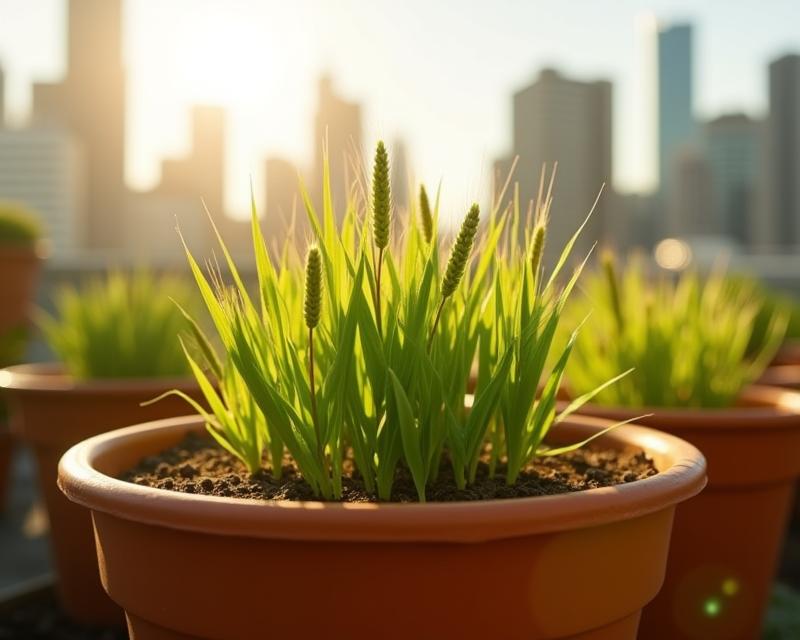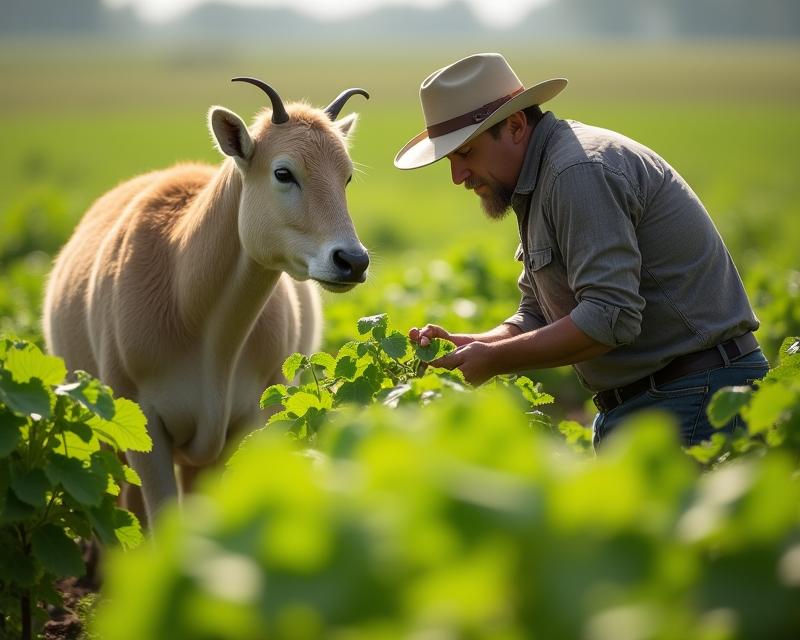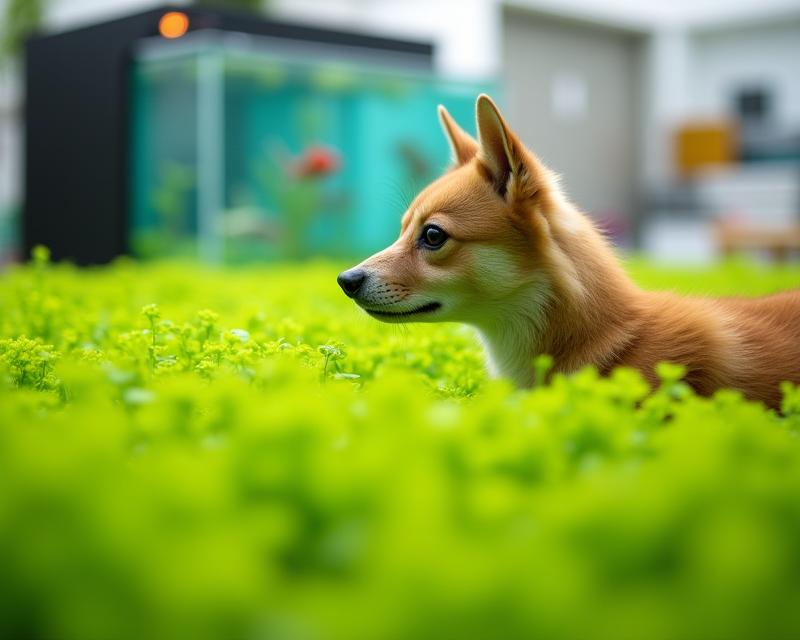Micro-Grains: Grain Growing in Small Spaces
Publish in Sustainable Farming el 21/07/2025 20:13
Micro-Grains: Grain Growing in Small Spaces
For centuries, grain production has been largely confined to vast fields. But what if you could grow grains right on your rooftop or balcony? Micro-grains offer a fascinating and increasingly viable option for urban farmers, gardeners, and even those with limited space on a ranch. These compact cereal plants are revolutionizing how we think about grain production, bringing the benefits of homegrown grains to city dwellers and those seeking more diversified, resilient food systems.

What are Micro-Grains?
Micro-grains are essentially dwarf varieties of common cereal crops like wheat, barley, rye, and oats. They've been specifically bred to be significantly smaller than their traditional counterparts, making them perfectly suited for container gardening and small-scale plots. Think of them as the pint-sized cousins of the grains we typically see in fields. These varieties often mature faster, require less water, and are more resistant to common pests and diseases – all advantages for urban environments.
Why Grow Micro-Grains in Urban Areas?
The benefits of growing micro-grains in urban settings are numerous. Firstly, it increases food security by providing a local source of nutritious grains. Secondly, it promotes biodiversity by adding a different type of crop to your garden. Thirdly, it's a fantastic educational opportunity – understanding the grain cycle can deepen your appreciation for food production. And finally, it's just plain fun! Imagine harvesting your own wheat berries for baking fresh bread. It’s a rewarding experience.
Getting Started with Micro-Grains
Starting with micro-grains is easier than you might think. Choose varieties specifically bred for container growing. Most are available online from seed suppliers specializing in heirloom and specialty grains. You'll need well-draining soil, plenty of sunlight (at least 6-8 hours per day), and regular watering. Container size will depend on the specific variety, but a pot at least 12 inches in diameter is a good starting point. Harvesting is typically done when the grain heads turn golden brown and the kernels are firm. You can then thresh and winnow the grains to prepare them for storage or use.
Beyond the Basics
Micro-grains can be incorporated into a variety of dishes – from breads and cereals to soups and stews. They can also be used to create animal feed for chickens or other livestock. Experiment with different varieties to find what thrives best in your specific microclimate. And don't be afraid to share your harvest with friends and neighbors! Growing micro-grains is a fantastic way to connect with your community and promote sustainable food practices. It’s a small step towards a more resilient and localized food system.
- Variety Selection: Choose dwarf wheat, barley, rye, or oats varieties.
- Soil: Use well-draining potting mix.
- Sunlight: Ensure at least 6-8 hours of direct sunlight daily.
- Harvest: Harvest when grains are golden brown and firm.





